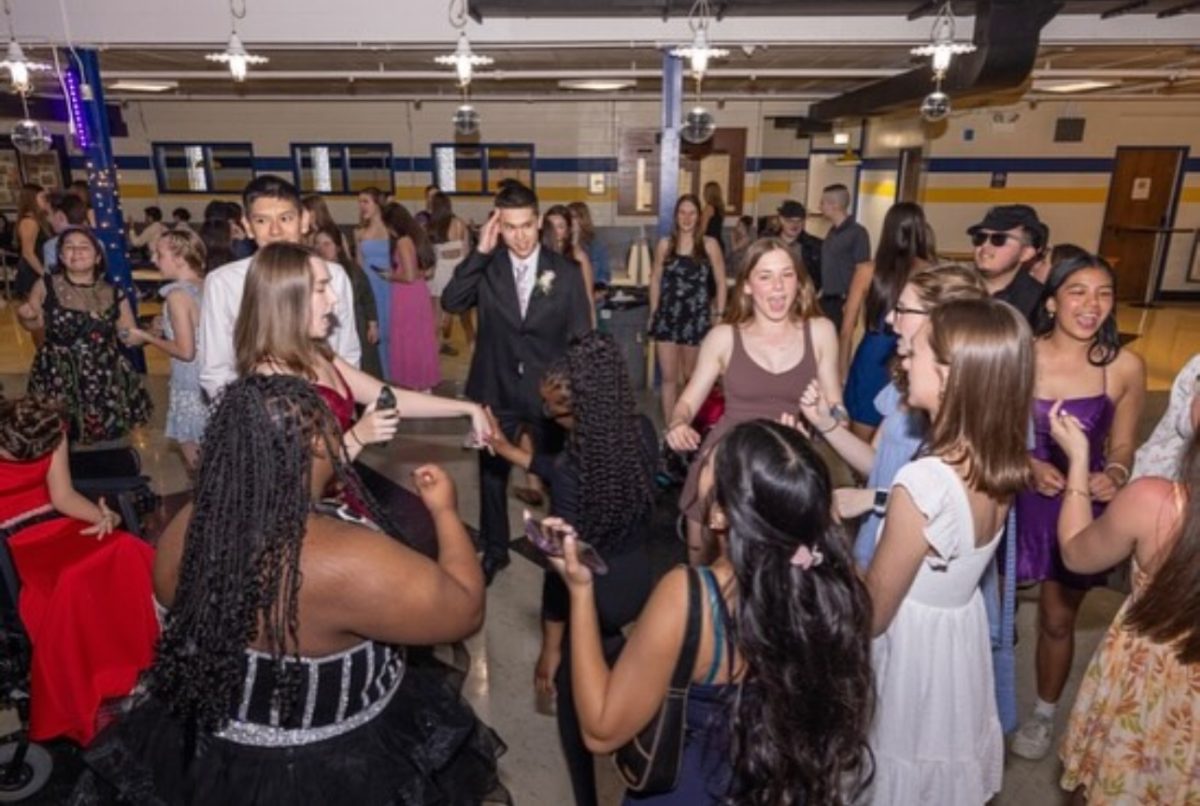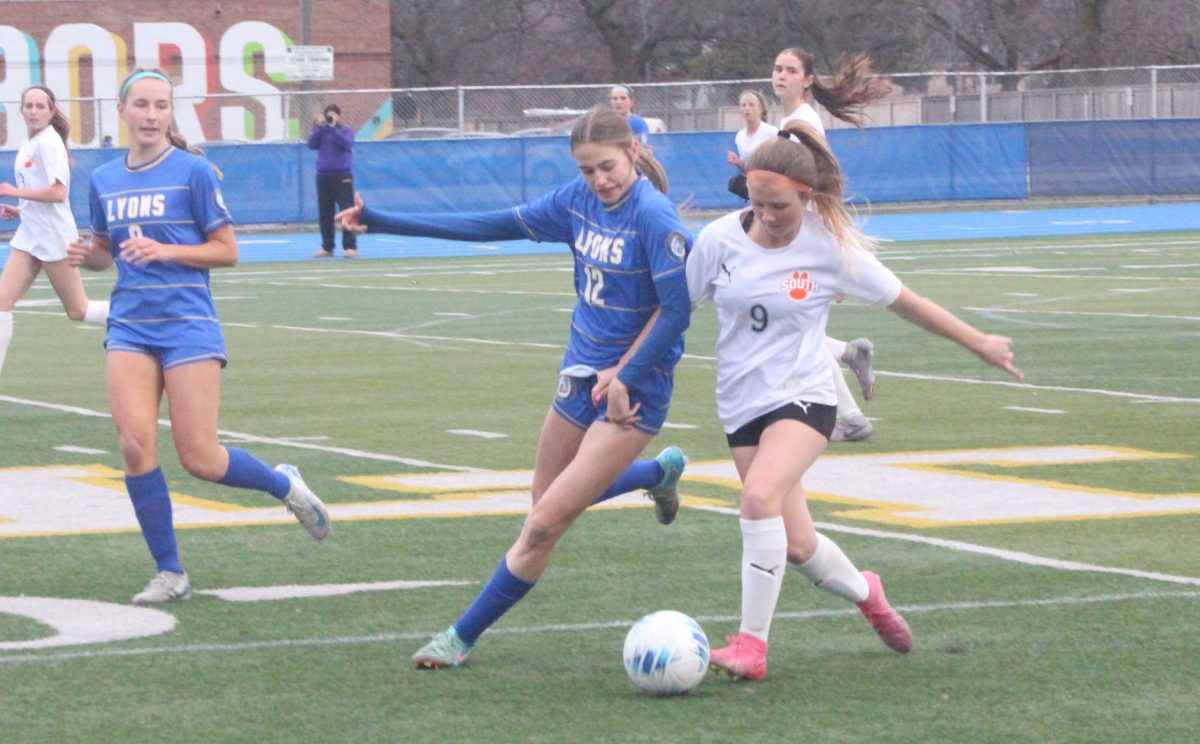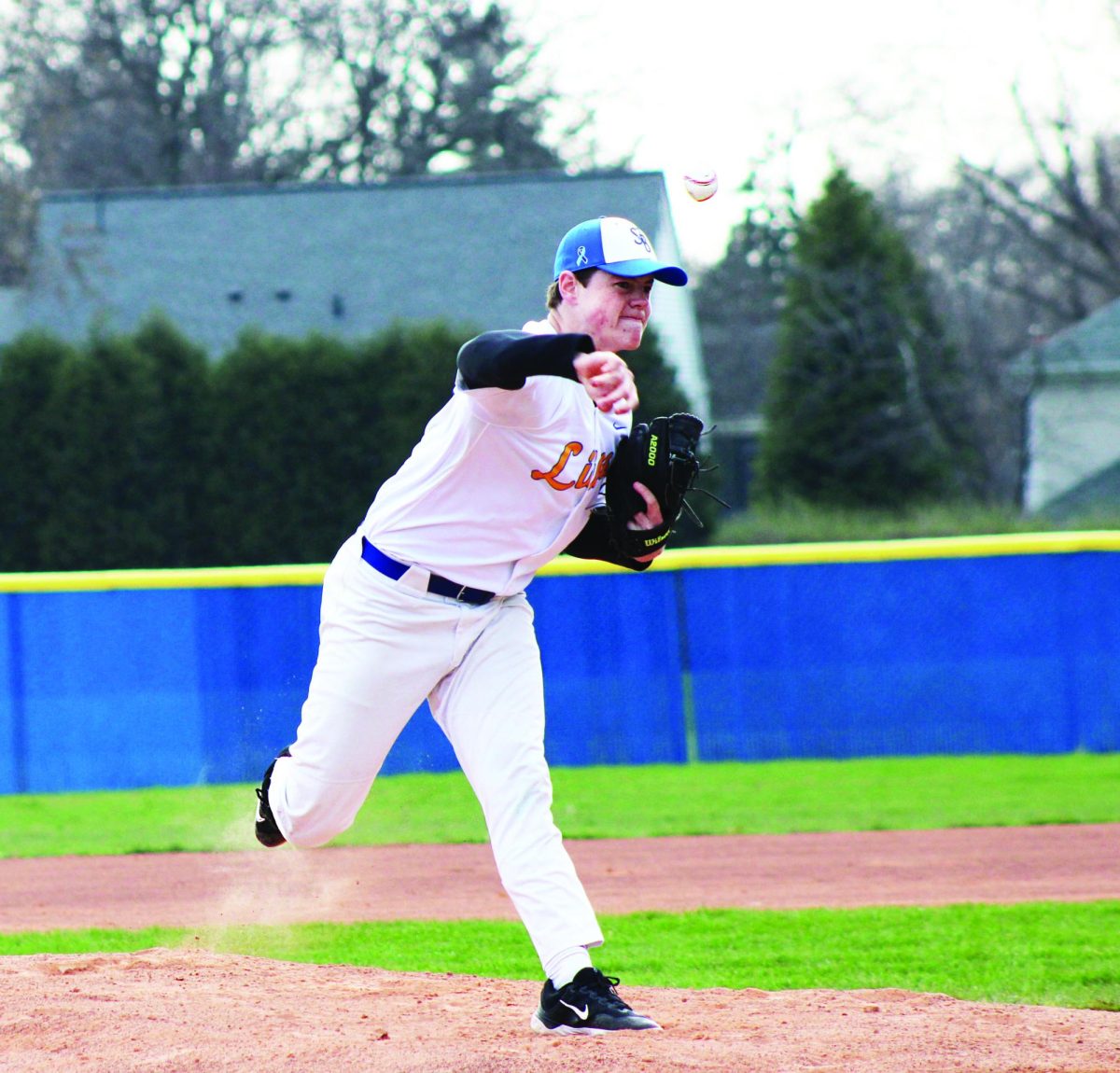Health at a fingertip
October 20, 2015
The Fitbit made its debut in 2007 and has since sold 21 million of the wrist fitness trackers. Recording exercise, food consumption, hydration, weight and sleep, the Fitbit has made its way to the wrists of millions, only recently sparking interest in younger generations of health-conscious teens.
In Illinois, 11.5 percent of high schoolers are obese, according to stateofobesity.com, proving the need for healthier lifestyles. Not only does the Fitfit provide a simple solution, but other recent technological developments do too, like the Nike+ Running app which tracks running distance and MyFitnessPal which provides communal support for health-conscious people. These newfound technologies have not surpassed the old, however.
Take a look at Heart Rate Monitor (HRM) days in gym class at LT. Besides causing groans in the locker rooms from reluctant students digging out their damp heart rate strap from under three-week-old socks, HRM days do serve as an excellent example of where the future of high school fitness may be heading. Before the dawn of the infamous HRM, students were not aware of their own individual requirements to increase their heart rate.
Now, as technology has progressed beyond the gym and down to the number of steps taken to get from the couch to the fridge, technology-based fitness devices are only going to progress in high schools. Professional and college teams have been gaining access to easier ways to track performance aspects like heart rate, field location and speed, and it will only be a matter of time before high school programs will be able to afford lower-tiers of this same equipment.
“I use it to track my steps, workouts and sleep patterns at night,” Cross Country runner Olivia Zawojski ’16 said. “It shows my improvements on running times and I can go on the computer to track my progress.”
In some cases club and professional coaches track player improvement, which poses the question of how intrusive a coach should be when evaluating a player. Many feel high school sports should be about learning and building relationships considering only about seven percent of high school athletes continue to the Division One college level according to the NCAA.
There is a number of people, however, who find the use of items like Fitbits, HRM’s or even WebMD unnecessary when trying to stay healthy. Many people can still maintain a healthy state without the use of fitness trackers, but for those who feel health is inaccessible, the advancement of technology like the Fitbit is paving the way for a society that can physically see their health at the tips of their fingers rather than a scale under their feet.





















![Movie poster for '[Rec]" (2007).](https://www.lionnewspaper.com/wp-content/uploads/2023/04/rec-640x900.jpg)

